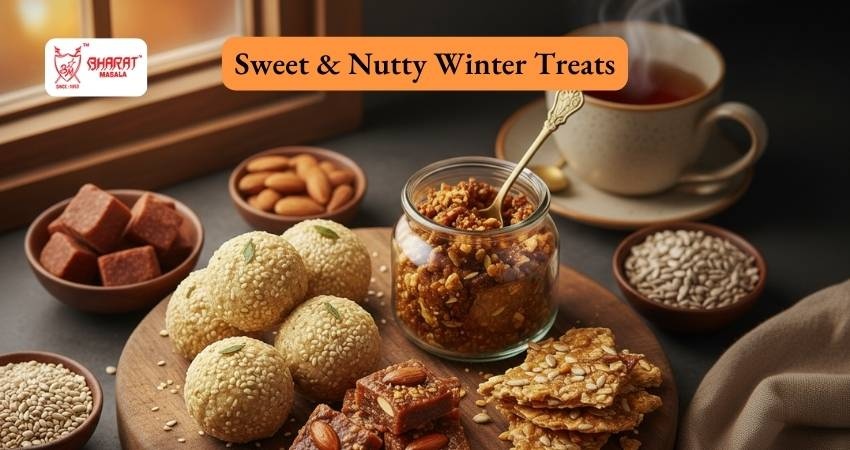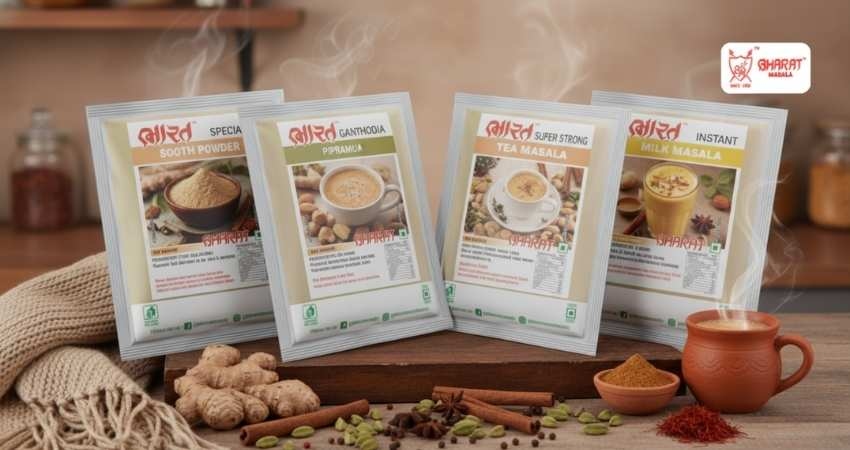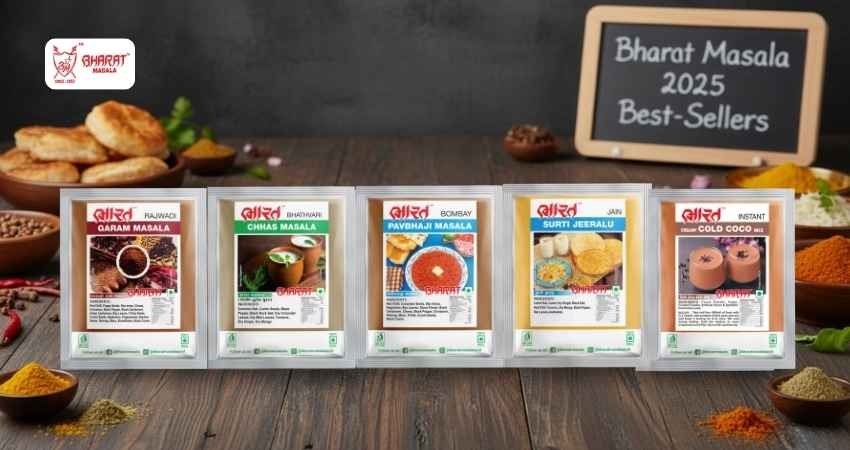Spices are the foundation for Indian cooking. They can transform any dish into a tasty meal and give life to even the simplest ingredients. Every Indian Household has a standard “masala dabba” which contains all the spices in one box. The box contains spices in powdered form and whole spices like cumin and mustard seeds.
Read below to find out 10 essential Indian spices that no kitchen should be without!
Asafoetida (Hing)
Dried and powdered tree resin is an essential spice and is usually one of the first aromatics added to hot ghee or oil.
Its raw, pungent smell mellows into a musky aroma, adding smooth, umami flavors to lentils, beans, and vegetarian curries. Just a pinch goes a long way.
Cumin Seeds (Jeera)
Cumin is used frequently whole and in spice mixes to add a characteristic smoky note to Indian dishes. It can be identified by its distinct ridged brown seeds and intense fragrance.
Cumin is best used freshly ground for the most intense flavor. One thing to keep in mind while dry-roasting this spice is that it burns really easily and burnt cumin tastes very bitter and will be very noticeable in your dish.
Ground Turmeric (Haldi)
Turmeric is another common Indian spice. Ground turmeric is a bright, healing spice that adds a peppery-woody taste and a deep golden color to curries.
This particular spice is known to have some incredible health benefits and is featuring in many surprising forms, including lattes.
Kashmiri Red Chilli Powder
Chilli is possibly the first spice much think of when picturing Indian spices! As expected, chilli powder is all about bringing that warming heat to a dish. There are many different varieties of chilli powder, varying in color and spiciness level.
Not all chilli peppers are spicy though. In the Indian variety, Kashmiri red chillies and deggi mirch are used more for making the dishes attractive than its heat.
Corriander Powder (Dhania Powder)
This versatile spice has a hint of citrus and adds earthy notes to Malabar curry, vindaloo, sambar, and rasam dishes. The whole seeds are lightly toasted and then ground with other spices for several popular spice blends.
Ground coriander is popular because it adds texture to dishes and can be tasted with each bite. Coriander is often paired with cumin for just the right flavors of earthiness.
Black Mustard Seeds (Rai)
Mustard seeds can be yellow, black, or brown and are used interchangeably in Indian cooking. The flavor of mustard seeds is released when they are crushed or cooked in oil.
Their smoky, nutty flavor is a staple in curries and curry powders, and mustard oil is commonly used in the North of India.
Green Cardamom (Elaichi)
Elaichi, a sweet and aromatic spice, is a must-have for Indian desserts and is equally critical for curries and pulaos. When using the whole pod, it should be removed before consuming the dish.
And for desserts, discard the outer pod and use a mortar and pestle to grind the seeds into a coarse powder.
Cinnamon Sticks (Dalchini)
Much like cardamom, cinnamon can serve double duty in both sweet and savory dishes. It’s also great for cold and hot beverages. Packed full of healthy benefits, cinnamon can be used in stick form and added early in the cooking process, or ground up and added towards the end for aroma.
Sweet and mildly spicy. Use as needed. It is easy to overuse though in powder form.
Cinnamon can also be used whole or ground in spice mixes. It is easily distinguishable by its rough, tree bark-like texture, and the best way to check for freshness is to rub a little on your fingers. If you can smell a cinnamon fragrance, then the bark is fresh.
Nutmeg (Jaiphal)
Whole, grated nutmeg is a common ingredient across India, particularly in the south.
To use a whole nutmeg, you can either shave it with a sharp knife, which is a delightful experience, since it crumbles into a coarse powder as you slice it. The advantage of a freshly grated or shaved nutmeg is that it still contains all those volatile oils and moisture that give it such a distinctive flavor.
Cloves (Laung)
These aromatic flower buds are harvested from the evergreen clove tree. They lend a slightly sweet yet pungent aroma to Indian cuisine.
You’ll often find cloves paired with cinnamon and black pepper for a perfect spice blend. You can use them whole or ground up.



